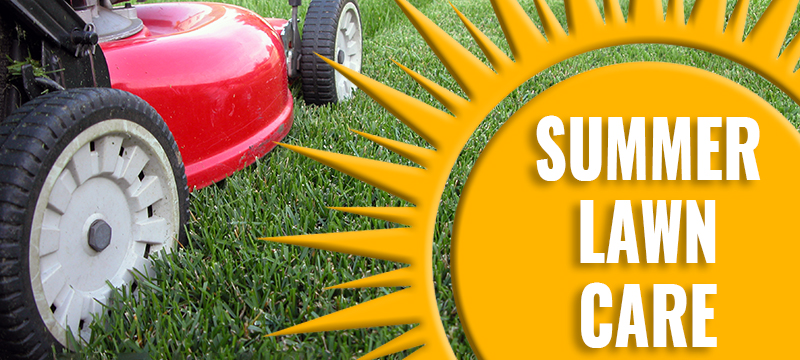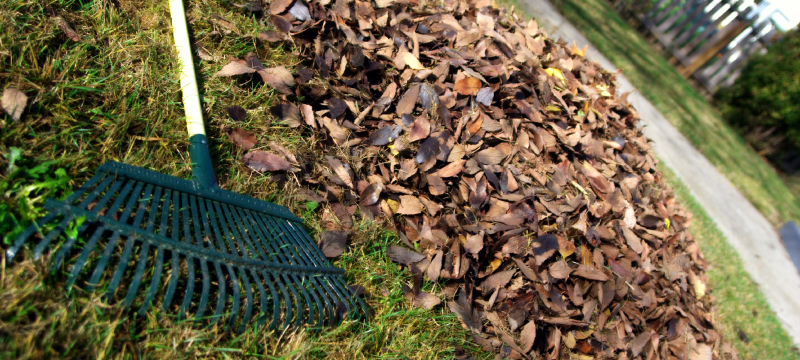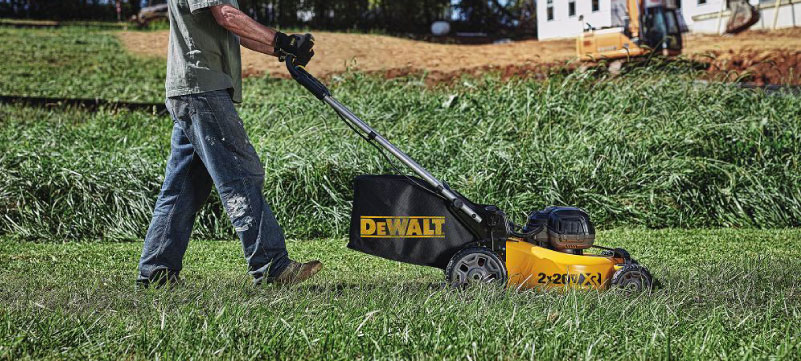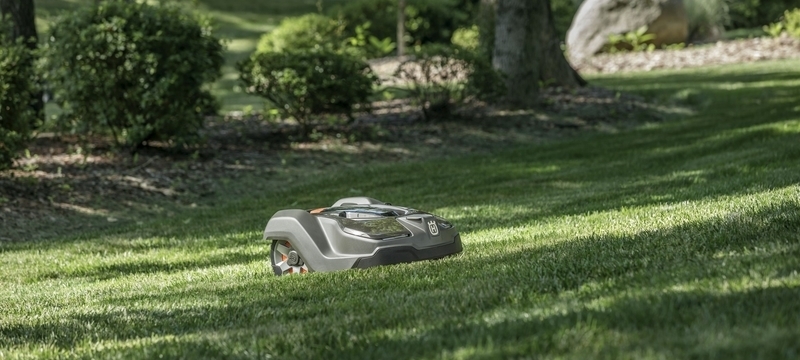Summer is a double-edged sword for lawns. The heat and diminishing rainfall can wreak havoc on a lawn, but it’s also the prime time to show it off. That’s why summer lawn care is vital to its health. You spent all spring getting your turf looking as green and lush as possible, so don’t throw that hard work out the window.
On top of the heat, your lawn deals with heavy foot traffic from games, parties, pets, kids, barbecues, and more. Our guide will help you navigate the summer pitfalls and have your grass looking like the lawn of the month.
1. Water Your Lawn and Plants in the Early Mornings
Watering is one of the biggest keys to summer lawn care. Summer is the prime time for heat and drought to burn your grass, causing it to fade or even turn brown. If you see your turf changing colors, that may be okay. Several grass types are available that require different amounts of water and react differently to the season. Fescue and Bluegrass are two of the more common cold-season grasses, and each has its own way of dealing with drought.
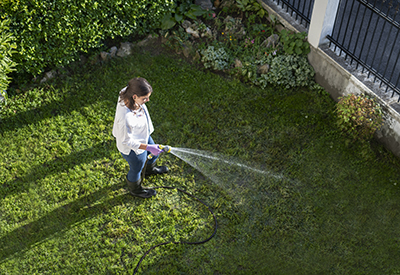
- Fescue has a deep root system, so it has the highest drought tolerance of cool-season types.
- Bluegrass goes dormant during a drought and may fade or turn brown but will green up again once rainfall comes.
- Warm-season grasses like St. Augustine, Bermuda, and Zoysia thrive in higher temperatures via deeper root systems. They usually require 20 percent less water than their cool-season counterparts.
It’s easy to make mistakes once you see your lawn turning colors, but take a breath before drowning your grass. Most grasses will bounce back as temperatures lower and more rainfall comes, so stick to your regular watering schedule. In the summer months, it’s about quantity versus frequency.
Take solid into account as well when watering. Soil can cause the quantity versus frequency formula to adjust a little bit. Depending on the soil in your region, you may have to water more often or less, but either way, ensure moisture is reaching 4 to 6 inches down and you don’t overwater. Clay soil holds water longer and can be watered less frequently. On the other hand, sandy soil drains quickly and must be watered more often.
- You want to water less but deeper to encourage deep drought-tolerant roots.
- Use a screwdriver to check how deeply water gets into the ground during a typical watering. You want moisture to reach 4 to 6 inches down.
- Water the grass in the early morning, between 5-9 a.m., as temperatures are lower and the heat won’t steal that valuable moisture. Morning watering also helps prevent fungal growth.
- Grass needs at least one inch of water per week, but cool-season grasses need about 20% more water than warm-season ones. A good trick is to use a tuna can as a gauge because most are about one inch tall. Place the can in the middle of the area you’re watering, and once the can is full, stop watering.
2. Mow Your Lawn Twice a Week in the Early Mornings or Late Evenings
The second most significant facet of summer lawn care is mowing your lawn, which goes hand in hand with watering. You can’t have one without the other. The number one rule when mowing is to keep the grass high so heat doesn’t burn it. With this mindset, you should mow your lawn 1 to 2 times weekly.
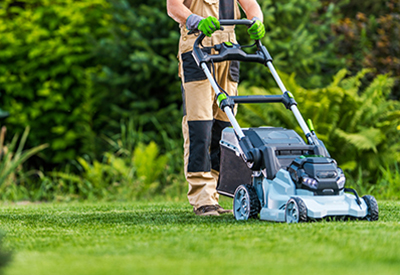
You should never remove more than one-third of the blade in one mowing. Each grass type has its own ideal height, so determine what kind of grass you have and subtract a third from its average length.
- Cool-season grasses like Fescue or Bluegrass should be kept between 2.5 to 4 inches high.
- Warm-season grasses like Zoysia and Bermuda’s ideal height is 1 to 3 inches.
The second rule of mowing is keeping your blade sharp. A dull knife won’t cut anything well and usually destroys whatever you’re trying to cut. The same concept applies to your mower’s blade. If it’s dull, the blade will tear the grass instead of cutting it, which leads to a yellow tip and stressed turf. That stress can lead to disease. Your knives should be sharpened every 8 to 10 cuttings to keep them razor sharp.
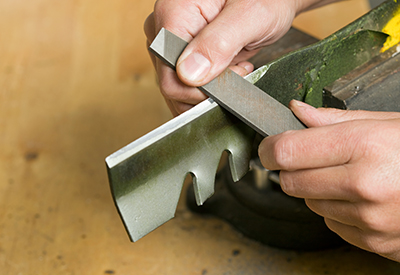
Some other tips for mowing your lawn include:
- Mow when the grass is dry. Wet clippings will clump and possibly clog your mower, leading to problems. Plus, dry grass isn’t as heavy if you’re composting it.
- Mow during an excellent portion of the day, such as early or late evening. This is easier on your mower and your body.
- Mow in alternating patterns and directions each time. This will help prevent compacted soil and ruts. It also allows the grass to lay in a different direction, so both sides of the blades receive sunlight.
- Grasscycling can be helpful for your lawn. This involves mulching your grass and returning it to the yard, allowing nitrogen and other nutrients to be returned to the soil.
3. Fertilize Your Lawn and Plants Once … or Twice
Fertilizing during the summer can help strengthen your lawn and keep it healthy. There is a bit of caution with fertilizing, though. If you’re applying fertilizer, it should only be used on warm-season grasses, such as Zoysia and Bermuda. Cool-season grasses, such as Fescue and Bluegrass, should only be fertilized in the spring and Fall. Be sure you purchase a product that is made explicitly for summer fertilizing.
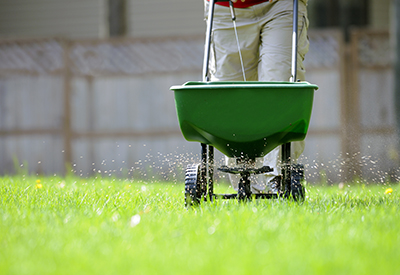
To assist with fertilizing, purchase a spreader to ensure the product is applied evenly to your lawn and you don’t overdo it in certain areas. There are hand-held spreaders if you’re doing small areas, but a walk-behind spreader would be best if you’re working on your entire lawn. A spreader will also assist with the proper application quantity to prevent over-fertilizing. The fertilizer needed for your property can be found in your purchased product.
4. Remove Weeds
Weeds are detrimental to your lawn and steal valuable moisture and nutrients from grass. Summer is the perfect time to ensure your yard is clear before weeds disperse seeds for the next year, and you have to battle them all over again. Post-emergent herbicides are great for tackling weeds without damaging your turf. You can purchase smaller herbicide containers, but a sprayer can make things easier if you apply large quantities.
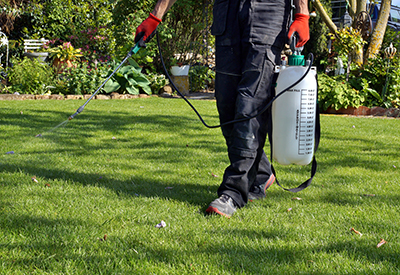
Before spraying, be sure temperatures in your area will be below 85 degrees for a few days. Higher temperatures can lead to the herbicide damaging your grass. Applying chemicals to an already stressed lawn can also compound the problem. Consider hand-pulling weeds with a tool if your grass is dealing with disease or heat stress.
5. Aerate Your Lawn
Aerating your lawn isn’t a requirement, but it can considerably boost the overall health of your grass. Aeration adds extra hardiness to that lawn, helping deal with any stresses it may face. The best time to aerate is either in the spring or the fall.
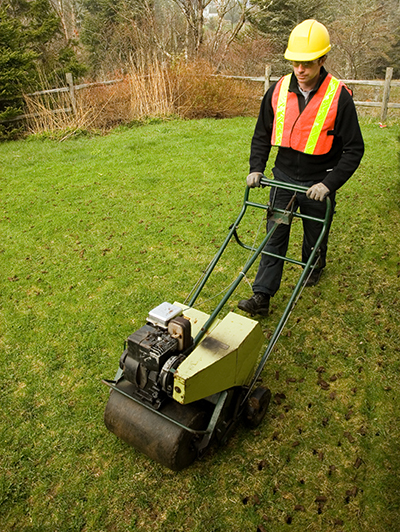
To properly aerate your lawn, you’ll need a core aerator, which removes soil plugs from the grass. This will assist in removing compacted soil and provide your grassroots air, nutrients, and water.
Follow these steps to aerate your lawn:
- Apply 1 inch of water to your lawn the day before watering to soften the soil.
- Mark any underlying objects, such as sprinkler heads or utility lines, to prevent you from running over them.
- For a lightly compacted lawn, do one pass with the core aerator.
- Run the aerator twice over the lawn for heavily compacted soil, with the second pass perpendicular to the first.
- Let the plugs remain on your lawn. They’ll add nutrients back into the soil once they break down.
- After you’ve completed, water the lawn according to your usual regimen.
6. Prepare Your Lawn for the Fall
There are many falls to take as summer winds fall, and you prepare for fall, similar to the fall of the petals potholed during the heat-filled months. The temperatures will cool down, but that doesn’t mean you are done caring for your grass.
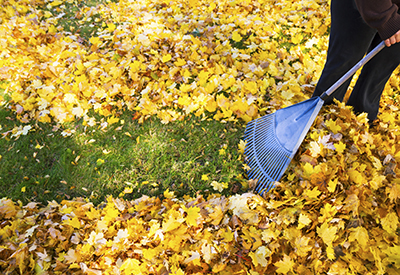
- Continue to water your yard. Your lawn needs to recover from heat stress and gather strength for the upcoming winter; watering will assist with that.
- Fertilize the grass again. One last fertilization should happen about three weeks before your previous mowing. This will provide energy and nutrients for that lawn as temperatures cool off.
- Rake any leaves before winter. Leaving dead leaves on your lawn once snow hits can lead to snow mold as it warms up again. The dead leaves will also smother sprouting grass in the spring.
- Late summer or early fall is an excellent time to reseed. The temperature is more relaxed, so seedlings will have less stress as they grow.
- Aerate your lawn again. Aerating will relieve soil compaction that has occurred from foot traffic all summer. It also will allow air, nutrients, and water to get to the grassroots more easily.
Your yard should win lawn of the month after following these steps, or at least the best lawn on your block.

